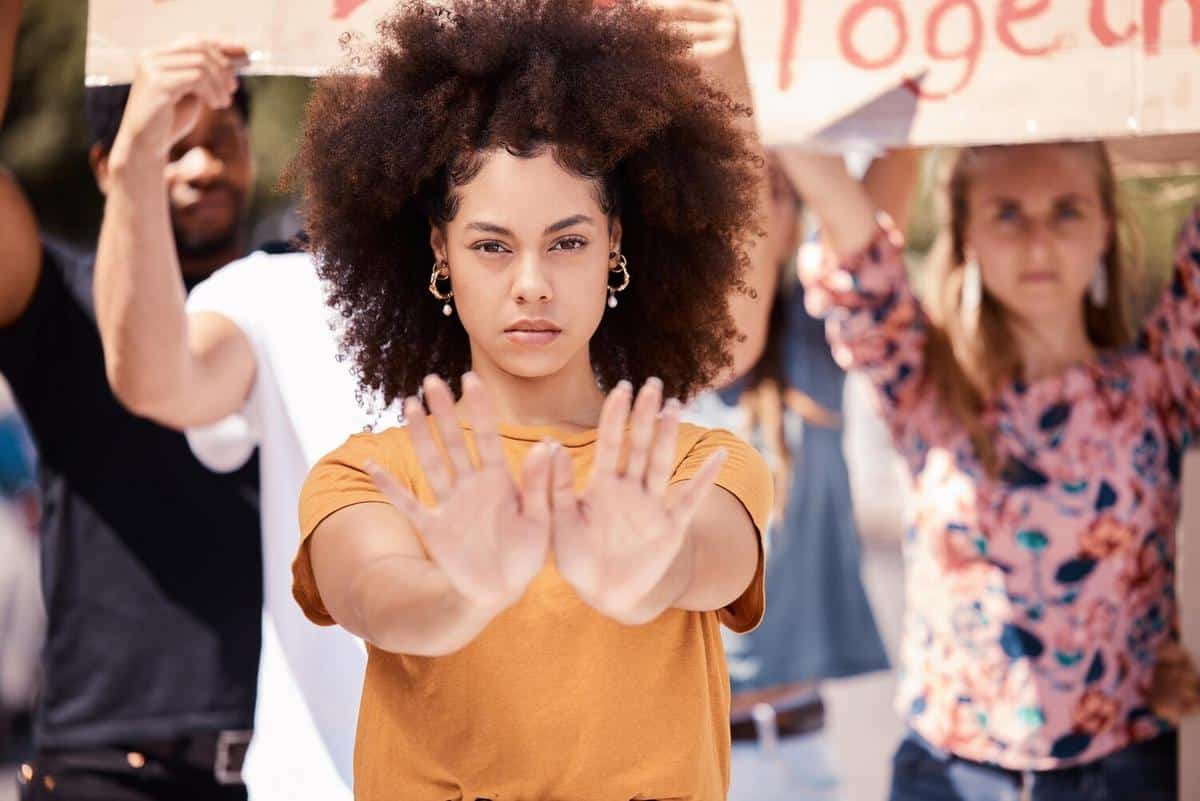
Fashion and Politics: How Attire Represents Movements
Fashion and politics may seem like disparate worlds, yet they have long influenced each other, with attire acting as a powerful symbol of political movements and cultural shifts.
The Intersection of Fashion and Politics
Throughout history, clothing has been more than just a means of personal expression; it has also served as a tool for political statement. From suffragette sashes to black armbands, fashion has been utilized to signify allegiance, protest, and identity. According to fashion historian Dr. Valerie Steele, “Fashion is a form of non-verbal communication that can convey social, economic, and political messages.”
A Look Back: Historical Examples
One of the most notable instances is the suffragette movement in the early 20th century. Women wore white dresses symbolizing purity and their demand for the right to vote. In the 1960s, the civil rights movement saw the adoption of African-inspired clothing as a form of cultural pride and resistance. These instances highlight how attire can reflect broader social changes.
Modern-Day Movements
In recent years, fashion has continued to play a role in political discourse. The “pussyhat” became a symbol of the women’s march, while black clothing was worn in solidarity during the #MeToo movement. Environmental activism has also influenced sustainable fashion choices, as more consumers opt for eco-friendly brands.
Statistics on Fashion’s Impact
Research by the Fashion Institute of Technology indicates that 60% of consumers are influenced by a brand’s stance on social issues. This demonstrates the power of fashion as a platform for advocacy and change.
Personal Stories
Emma, a 30-year-old activist, shares, “Wearing clothes that support sustainable practices makes me feel like I’m contributing to a greater cause.” Her choice reflects a growing trend where individuals align their fashion choices with their values.
Actionable Tips for Making a Statement with Fashion
- Choose brands that align with your values.
- Use fashion as a conversation starter about important issues.
- Support local and sustainable designers.
Comparison Table: Fashion Movements and Their Impact
| Movement | Symbol | Impact |
|---|---|---|
| Suffragette Movement | White Dresses | Highlighted the fight for women’s voting rights |
| Civil Rights | Afro Hairstyles, Dashikis | Promoted African-American cultural pride |
| Women’s March | Pussyhats | Symbolized unity and resistance |
| #MeToo Movement | Black Clothing | Showed solidarity with survivors of harassment |
| Environmental Activism | Eco-Friendly Clothing | Encouraged sustainable fashion choices |
| LGBTQ+ Pride | Rainbow Colors | Celebrated diversity and inclusion |
| Black Lives Matter | Black Clothing, Merchandise | Raised awareness for racial justice |
| Climate Change Protests | Recycled Materials | Promoted environmental consciousness |
Frequently Asked Questions
How can fashion be a tool for political change?
Fashion can raise awareness, start conversations, and express solidarity with a cause.
What are some recent examples of fashion in political movements?
Recent examples include the “pussyhat” and black clothing for #MeToo.
How can I make my fashion choices more impactful?
Opt for brands that support causes you believe in, and use your attire to start discussions on social issues.
Conclusion
Fashion and politics are intertwined in a dance of cultural significance, where clothing becomes a canvas for change. By understanding and participating in this intersection, we can make informed choices that reflect our values and contribute to societal progress. Embrace the power of fashion as a vehicle for political expression and let your wardrobe tell a story that matters.


